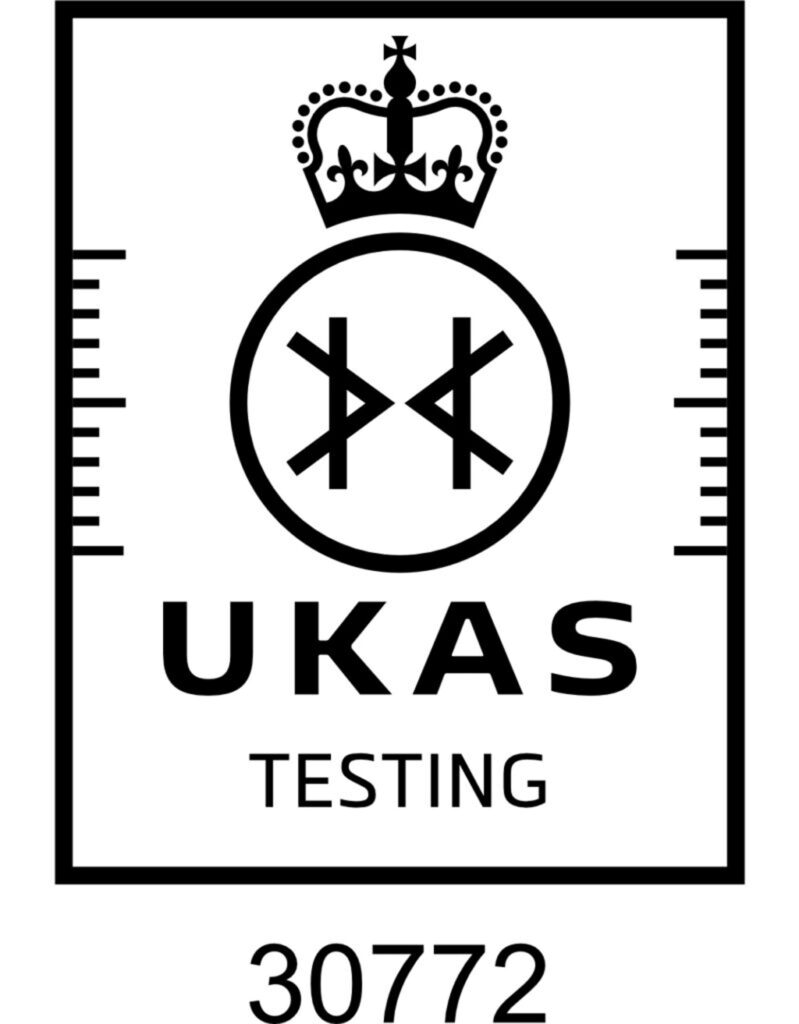
The California Bearing Ratio (CBR) test is a simple and effective method to assess the strength of soil and sub-grade materials on construction sites. This test evaluates the material’s resistance to penetration, providing essential data for pavement and foundation design.
The CBR test is crucial for assessing ground conditions, ensuring safe and reliable construction practices. Contact us to arrange on-site CBR testing and get precise results for your project.

AMTEST UK Ltd delivers top-tier services to civil engineering and infrastructure clients across the UK, backed by expert in-house concrete consultants.
Unit A 2D/6, Project Park, North Crescent, London E16 4TQ
The California Bearing Ratio (CBR) test is a simple and effective method to assess the strength of soil and sub-grade materials on construction sites. This test evaluates the material's resistance to penetration, providing essential data for pavement and foundation design.
The CBR test is crucial for assessing ground conditions, ensuring safe and reliable construction practices. Contact us to arrange on-site CBR testing and get precise results for your project.